The first step to building a durable and energy-efficient home in North America, includingPassive house to PHIUS standards,LEEDorNet Zero Homesis knowing your climate zone. Just as we need to wear different outfits in different climates, homes need to be properly designed to meet the temperatures, humidity levels and extreme weather events of their specific climates as well.
How are climate zones divided in USA & Canada?
Using information gathered from 4,775 US weather sites, in the early 2000s,the U.S. Department of Energy’s Pacific Northwest National Laboratory created a simplified map separating North America into 8 general climate zones based primarily on temperature. It was then divided into three moisture categories designated A, B, and C. Zone A being humid, Zone B being dry, and zone C Marine, where the warmest months don’t exceed 72 °F and winter temperatures range between 27 and 65 °F.
The reason we say ‘general’ climate zones above, is that there are even micro-climates that can change conditions in even as little space as between two homes side by side.
As a personal example, I recall a neighbor of mine having to remove 3 large evergreen trees very close to his home that were keeping his home in complete shade. His home was old and poorly-insulated, so it was heavily subject to weather conditions.
His home was often musty and humid he told me, and once the trees came down and the sun was able to reach his home, he was pleasantly surprised to find it less humid and the smell gradually went away. That is an example of a micro-climate, but also an example of why there are limitations to how accurate the climate zone map can be.
And to say a climate zone is based on the temperature and humidity is not the full story; it goes beyond just how hot, cold or humid it is. Each zone has a value in ‘degree days’, which refers to an annual accumulation of heating or cooling demand.
假设基线温度为65华氏度,任何气候区都将有一个热负荷和一个冷负荷,其基础是高于或低于该基准温度的天数。例如,如果24小时内温度保持在50华氏度,这将相当于15个加热度天(HDD)。反之,如果24小时内温度保持在75华氏度,则相当于15个降温日(CDD)。
How do I find my climate zone?
Finding your own climate zone is a fairly simple matter whether you are in the USA or Canada.
- In the US, use this site to do asearch by postcode or precise location here
- In Canada, take a look at this site todo a local climate zone search here
Determining exactly which climate zone you live in is an impossibly inexact science. You will see that the lines on some climate zone maps are different than on others, and they can also indicate fairly abrupt changes from one climate to the other. Since that obviously isn’t how climates and weather patterns behave, if you fall anywhere near a climate zone boundary where it changes from one to another, have a look at a few different climate zone maps, and pay attention to the next closest climate zone and use some judgement when discussing with your local building permits office.
What are the different climate zones?
The climate regions are described below, with definitions based on average annual temperatures, heating degree days, and typical levels of annual precipitation.
Hot-Humid Climate zone
Defined as: any region that receives more than 20 inches (50 cm) of precipitation annually and where either or both of the following occur:
• 67°F (19.5°C) or above wet bulb temperature for 3,000 or more hours during the warmest six consecutive months of the year; or
• 73°F (23°C) or above wet bulb temperature for 1,500 or more hours during the warmest six consecutive months of the year.
美国建筑湿热气候区包括IECC地图上“湿热”线以下的湿润类别(A)的1、2和3区。
Mixed-Humid Climate zone
Defined as: any region that receives more than 20 inches (50 cm) of annual precipitation, has approximately 5,400 heating degree days or fewer (on the 65°F basis), and where the average monthly outdoor temperature drops below 45°F (7°C) during the winter months.
The Building America mixed-humid climate zone includes the portions of IECC zones 4 and 3 in category A above the “warm / humid” line.
Hot-Dry climate zone
Defined as: any region that receives less than 20 inches (50 cm) of precipitation annually and where the monthly average outdoor temperature remains above 45°F (7°C) throughout the year.
The Building America hot-dry climate zone corresponds to the portions of IECC zones 2 and 3 in the dry category.
Mixed-Dry climate zone
Defined as: any region that receives less than 20 inches (50 cm) of precipitation annually, that has approximately 5,400 heating degree days (on the 65°F basis) or less, and where the average monthly outdoor temperature drops below 45°F (7°C) during the winter months.
The Building America mixed-dry climate zone corresponds to IECC climate zone 4B (dry).
Cold climate zone
Defined as: any region with between 5,400 and 9,000 heating degree days (on the 65°F basis).
The Building America cold climate corresponds to the IECC climate zones 5 and 6.
Very-Cold climate zone
Defined as: any region with between 9,000 and 12,600 heating degree days (on the 65°F basis).
建筑美国非常寒冷的气候对应国际ecc第7气候区。
Subarctic climate zone
Defined as: any region with 12,600 heating degree days (on the 65° basis) or more. The only subarctic regions in the United States are in found Alaska, which is not shown in Figure 1.
The Building America subarctic climate zone corresponds to IECC climate zone 8.
Marine
Defined as: any region that meets all of the following criteria:
• A coldest month mean temperature between 27°F (-3°C) and 65°F (18°C)
• A warmest month mean of less than 72°F (22°C)
• At least 4 months with mean temperatures higher than 50°F (10°C)
•夏季的干燥季节。
In this zone, the month with the most precipitation in the cold season will have three times as much precipitation (or more) as the month with the least precipitation for the rest of the year.
The cold season is between October and March in the Northern Hemisphere, and it is between April and September in the Southern Hemisphere.
The Building America marine climate corresponds to those portions of IECC climate zones 3 and 4 located in the “C” moisture category.
Building America and IECC Climate Zones
The table below shows the relationship between the Building America and IECC climate zones.
Building America |
IECC |
Subarctic |
Zone 8 |
Very Cold |
Zone 7 |
Cold |
Zone 5 and 6 |
Mixed-Humid |
4A and 3A counties above warm-humid line |
Mixed-Dry |
Zone 4B |
Hot-Humid |
2A and 3A counties below warm-humid line |
Hot-Dry |
Zone 3B |
Marine |
All counties with a “C” moisture regime |
Building correctly for your climate zone
Homes must be built to meet the challenges of the climate where they stand, for reasons of durability as well as energy-efficiency, health and safety.
首先,该结构必须满足地区规范对雪荷载或风荷载的要求(如果有的话),这些要求主要基于气候区。Homes also needsufficient insulation of the best type and be correctly proportioned for energy-efficiency, whether they are in heating or cooling climates. Andhomes in any climate should be built to be airtightfor reasons of durability (to prevent moist air from passing through walls), to reduce energy loss and tosafeguard indoor air quality.
As forhow to build the best walls for high performance homes就像在佛罗里达州和阿拉斯加州选择最佳冬季服装的差异一样大。在寒冷、潮湿的气候条件下,家庭需要在保温材料的温暖一侧设置一个蒸汽屏障,以防止潮湿从腐烂的墙壁中进入,而在佛罗里达州,有空调的家庭,蒸汽屏障是在墙壁的外面。如果你在任何一种气候条件下按错误的顺序组装墙壁,它很可能很快就会腐烂。
Then you need to consider the actual building lot where the new home is going. Is it south or north facing, is it surrounded by trees, and if so, are they deciduous or evergreen - as this will effect the insolation of the home - which means how much sun it will get and thereforehow much passive solar gain a home can hope for.
Climate zones in USA & Canada are important when building homes
But the principles of building science remain the same in all climate zones; in relation to moisture movement though walls, and thermal dynamics (meaning how heat moves from one place to another). To better understand the basics ofhow to build an energy-efficient and durable home, see our building science made easy video below, based on a test home we built in the cold climate zone 6 of Quebec, Canada:
Now you know more aboutwhy building better, affordable eco homes is importantindifferent climate zones in USA & Canada...Find more pagesaboutsustainable and resilient green building techniques here:
Find more about green home constructionin the EcoHomeGreen Building Guide pagesor to learn more aboutthe benefits of a free Ecohome Network Membership, see here. |


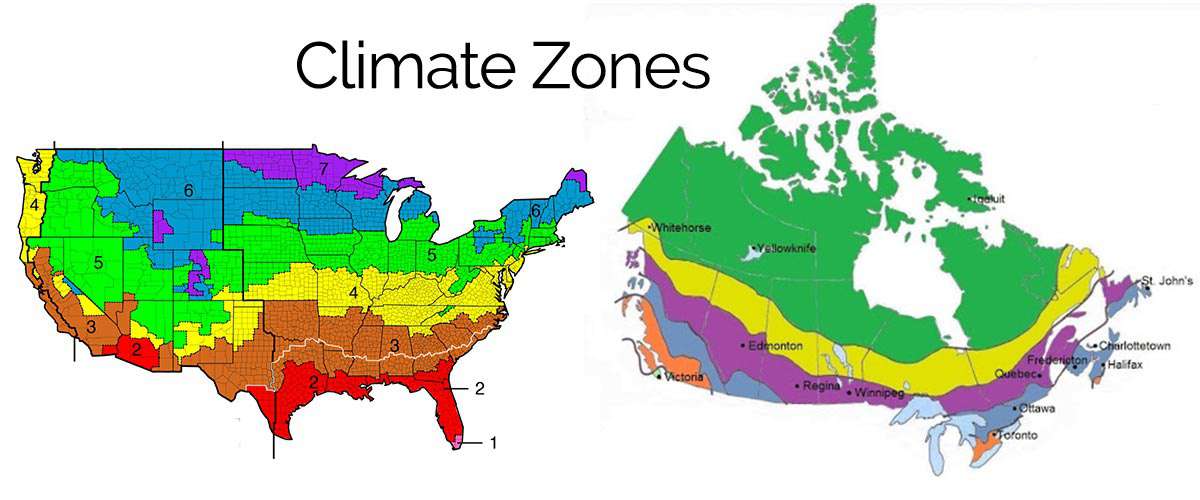















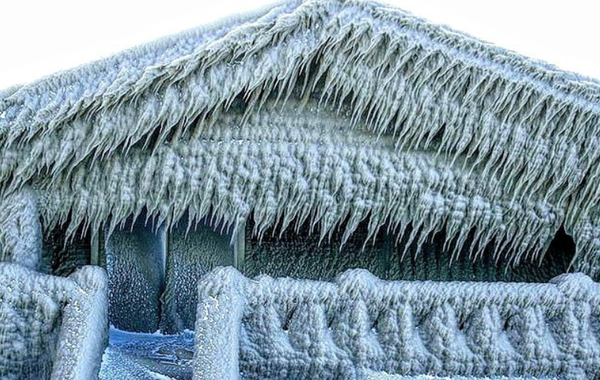
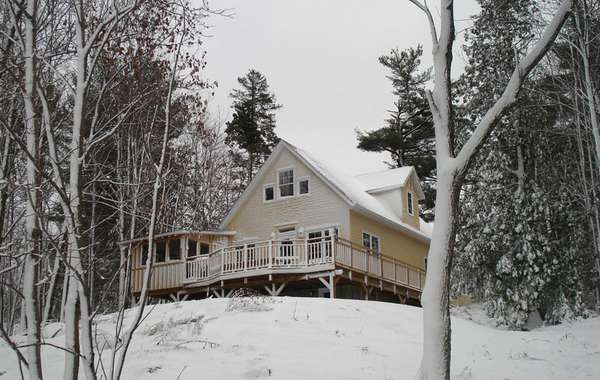
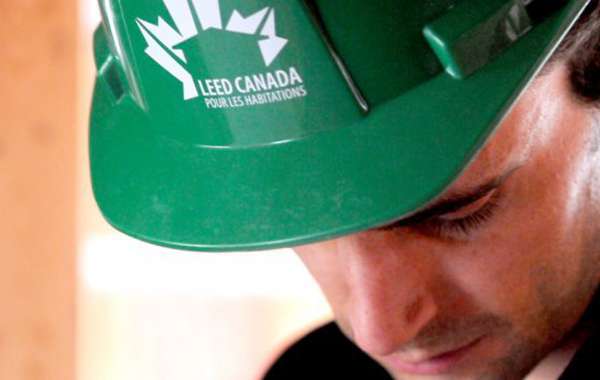
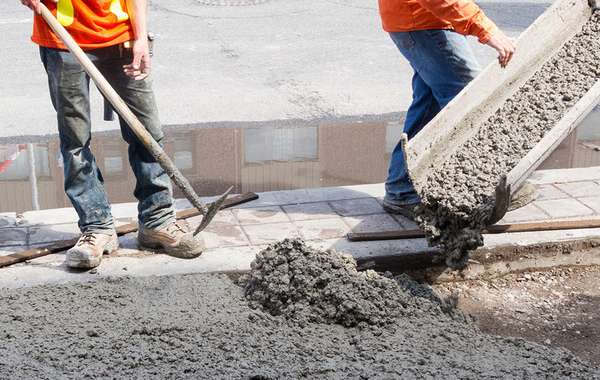
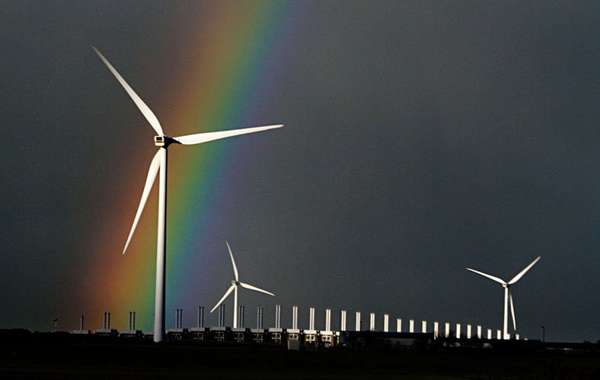
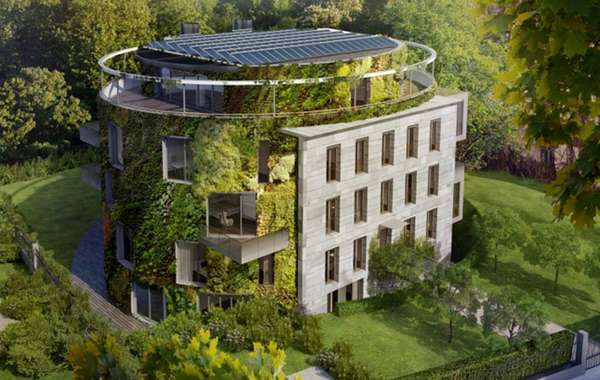
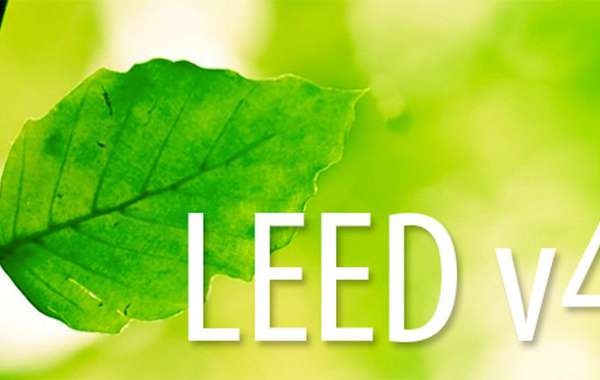
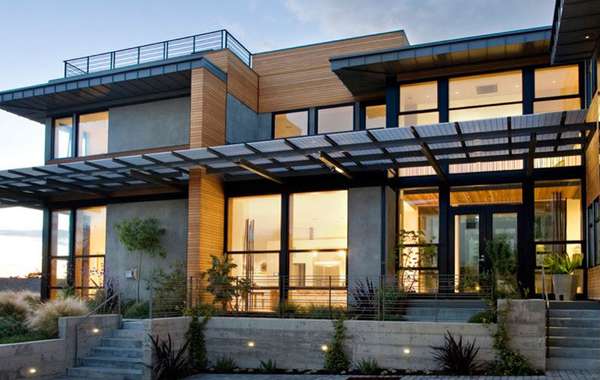
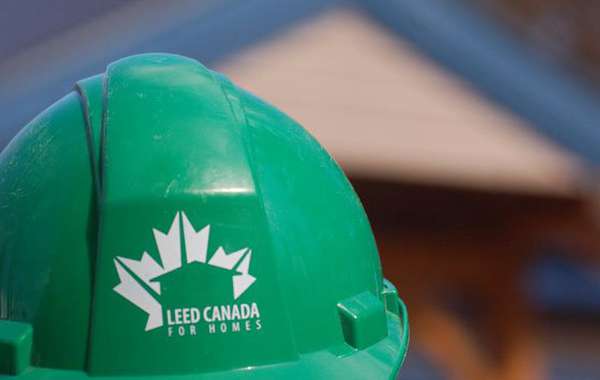
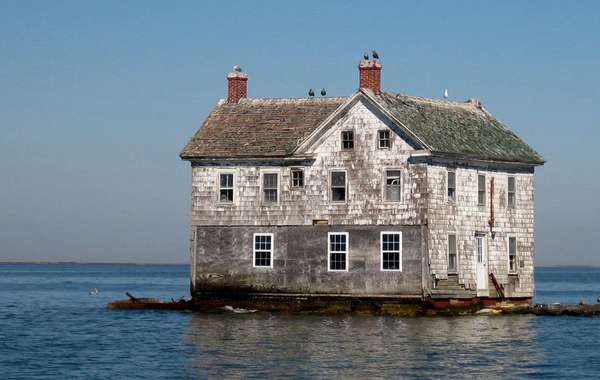
Comments (0)
Sign Up to Comment